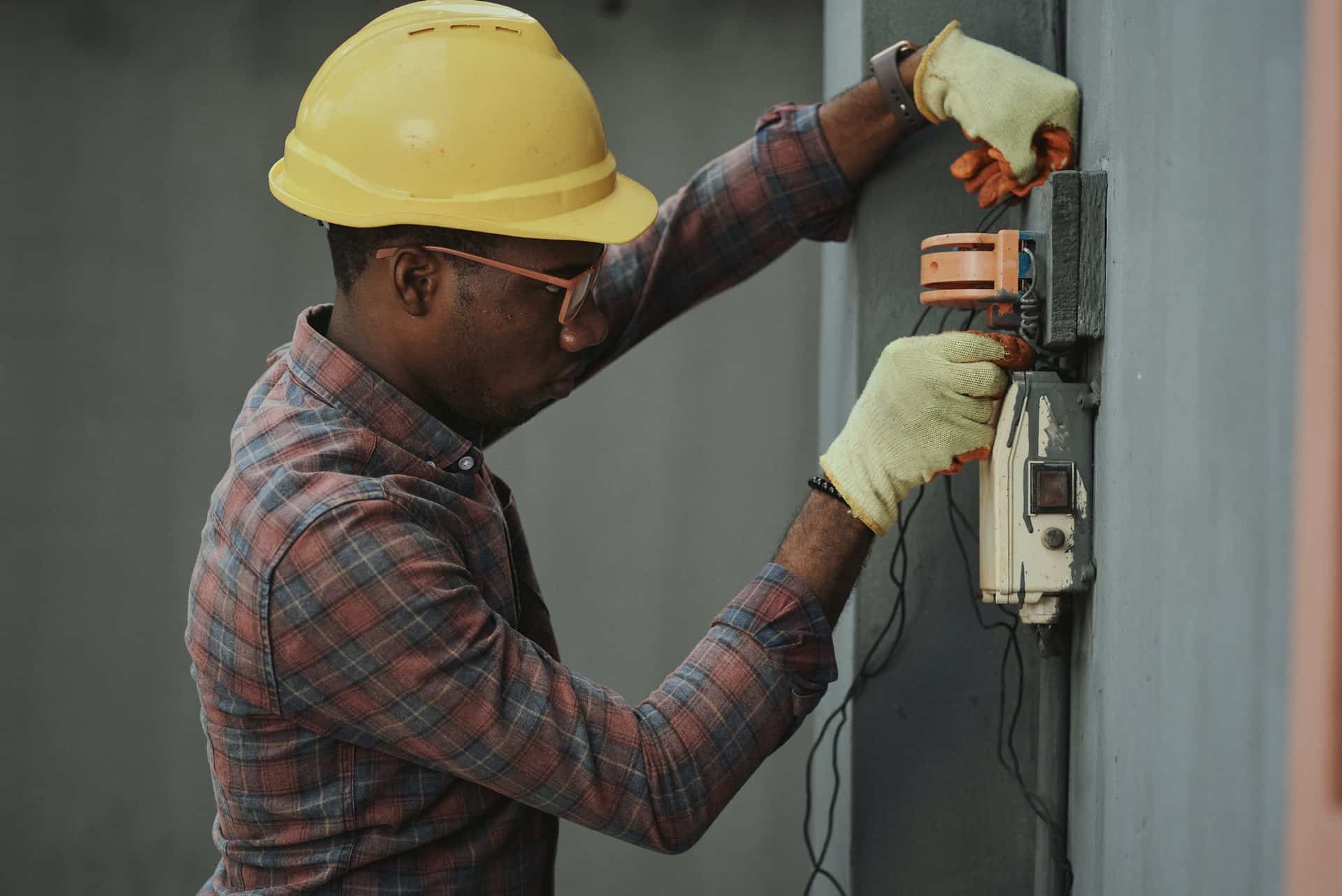Whenever winter is about to start, it means you need to start thinking about your annual furnace maintenance checklist. Sometimes the weather hits the freezing mark in some parts of the State, meaning citizens’ furnaces are going into overdrive.
Performing a yearly furnace maintenance checklist at such times can help prevent significant problems and maximize your furnace’s effectiveness while also cutting down your heating costs in winter. And that’s why you also need to visit this site for furnace maintenance services.
Consider your furnace to be like a car that requires maintenance to run correctly. When skilled technicians inspect your unit, they follow a comprehensive checklist to ensure every furnace element functions well.
Annual inspections help keep your unit running smoothly and efficiently, and they can also protect your home and family members from dangerous carbon monoxide fumes.
Why it’s crucial to conduct Annual Furnace Maintenance
- The most obvious reason is to guarantee that your furnace is in perfect working condition days before winter hits. Winter shouldn’t come and have you and your family stuck without a working furnace.
- Maintaining and repairing your furnace can help extend its lifespan as you keep your family toasty and warm all winter long.
- Performing a regular furnace maintenance checklist on your is more cost-efficient than replacing it every couple of years. With good maintenance and routine repairs or part replacements, your furnace should last about 10-15 years.
- An annual or bi-annual maintenance check guarantees your furnace functionality and that your heating system is as energy and cost-effective as possible, which could end up saving you a lot of money at the end of the year.
Here are some of the essential tasks for your furnace maintenance checklist pdf:
For efficient maintenance, have a furnace maintenance checklist pdf to follow.
- Adjust and clean the pilot light because weak or dirty pilot lights are likely to put out the light, which will result in a shutdown of the furnace.
- Inspect the gas lines to check for possible leaks or manifold pressure and correct them.
- Look for lint or other debris lodged in the combustion blower.
- Inspect and clean the ignition system and safety control to ensure they function correctly.
- Inspect the control box and controls to ensure the wiring and connections are done correctly.
- Remove, clean, and adjust the burner assembly and burners. Dirty burners often result in poor combustion, shortening your unit’s life.
- Listen for any abnormal or strange noises indicative of a problem within the furnace.
- Inspect the heat exchanger and the heating elements of the furnace for any decay and cracks naturally occurring with age.
- Clean and adjust the fan switch to cycle well while conserving energy.
- Inspect the flue pipe for any leaks or signs of corrosion, proper attachment, and displaced sections. Where necessary, a renewal may be recommended by your technician.
- Inspect the combustion air openings to ensure they are not blocked or restricted.
- Record data about the performance and temperature of the furnace.
- Secure any loose panels.
- Inspect and adjust pulleys and belts to ensure optimal airflow and ultimately high efficiency.
- A renewal may be recommended where there are cracked belts.
- Lubricate bearings and motors to reduce friction and keep the furnace operating at optimal levels.
- Replace the air filter and learn how to replace it so you can do it on your own. Some manufacturers recommend replacing the furnace at least once every month, especially during heating.
- Examine and record the amperage (amps) and voltage of the condenser fan motors, compressor, and blower motor.
- Inspect and calibrate the thermostat, ensuring that the settings and temperature are set as desired. The HVAC technician may take you through operating the programmable thermostats if you want them to ensure that the furnace does not warm your house when you are not at home.
- Check the vents to ensure they are working well.
After the Inspection
When the HVAC technician has completed your furnace inspection, they will give you a report on your system detailing the recommended replacements and repairs. Although these recommendations can appear expensive, they are vital because they will not only prevent future repair expenses but can also extend your furnace life.
If you are not sure if you should follow these recommendations or not, get a second opinion from a second professional heating expert.
It is crucial to ensure that you leave all repairs, replacements, and maintenance to a certified HVAC contractor. This is important when the furnace is under warranty.
Refer to the warranty for more details on the parts you can use, professional services, and the do-it-yourself tasks to make sure you do not accidentally void it.
Conclusion
One of the essential benefits of having your annual furnace maintenance (following a furnace maintenance checklist regularly) is the provision of safety. This is because gas leaks and improper oil and gas connections can be hazardous. When a furnace is worn, dirty, or misaligned components, there may be a need for more repairs in the future, no matter if the furnace’s functionality deteriorates.
Constant maintenance of your furnace will lengthen your heating system’s life. When you suspect the need for furnace repair, you may need to schedule a furnace maintenance appointment with your technician.
In case you’re wondering how often you should do your furnace maintenance checks, the answer is as often as possible. It would be best if you don’t wait until your furnace stops working before you decide to do some checks on it.
Most HVAC experts will advise that you check the productivity and functionality of your heating system at least once every six months. You can perform a bi-annual maintenance check on your own, but you should bring in an expert at least once a year to do a full inspection.

